Before you hit the ‘publish’ button on your novel, there’s one massive factor you need to consider: how to price your self-published ebook.
Let’s assume that you’re relatively new to indie publishing – you might have published one or two titles previously, or this may be your first. Chances are, the idea of picking the perfect price for your book is somewhat terrifying.
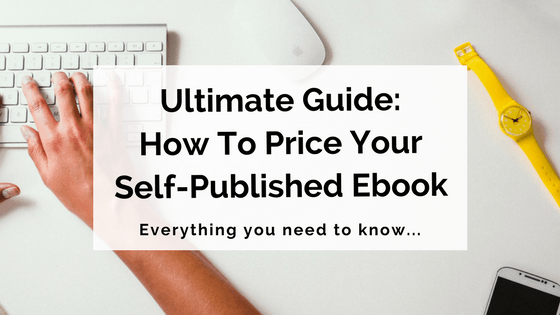
You’d be silly not to understand the gravity of this choice. The price needs to be right for you as the author (you want to make the most of royalty rates for self-published writers), and you need it to be right for your readers; too high and you risk isolating them, too low and you risk undervaluing your work.
As you’re no doubt beginning to gather, it’s a fine line to walk…
And that’s why we’ve put together this ultimate guide: How to Price Your Self-Published Ebook.
Table Of Contents
Starting notes: Pricing your book on Amazon
For the purpose of the article, we’ll be focusing solely on the Kindle Direct Publishing platform (in other words – Amazon). While other e-retailers and publishing platforms like Smashwords, Apple, NOOK Press and BookBaby etc. are also used, by far the most common and far-reaching is Amazon.
Amazon will be at the heart of this article, with the case studies, pricing structures and strategies based on that of Kindle Direct Publishing (KDP).
While the advice covered in this post is extensive and tested, it’s also incredibly important to note that no amount of pricing strategy will replace a high quality book and cover, and a detailed, thorough marketing strategy.
Without these things, the price of your book is irrelevant. It’s up to you as the indie author to put all the pieces of the puzzle together.
This post also assumes you have familiarised yourself with the KDP platform, and have begun to create your title in the KDP backend.
Now, finally – let’s dive in!
Benefits of using KDP for publishing and pricing
First and foremost, it’s important to note that book pricing (like any pricing in retail) is fluid. You as the author and publisher have power and control over the price, and the ability to change it when you see fit.
The main benefit of KDP when it comes to pricing it that it’s flexible. You can set your book to pretty much any price you want. This flexibility is a massive advantage when it comes to testing and experimenting with your ebook pricing.
No matter how much advice you read and receive, you’ll need to experiment with your pricing strategy, particularly when you’re first starting out. It’s all about finding the sweet spot between earning what you deserve for your hard work, and making sure readers are satisfied.
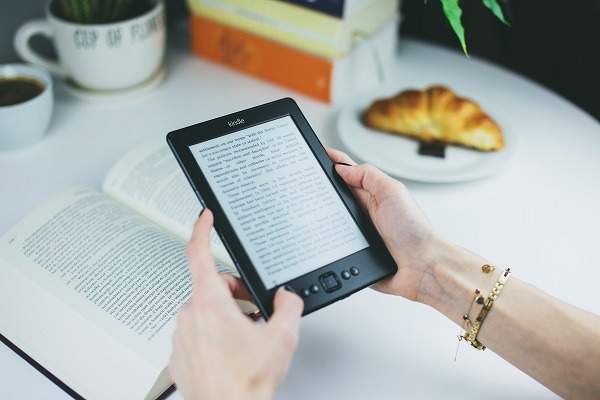
Considerations for setting your full-price RRP
Your book will go through several price changes during its launch period (the first six weeks), and will continue to undergo changes throughout its lifespan. However, the first decision you need to make is what you think your book is worth at its full RRP (Recommended Retail Price).
This price needs to be high enough that discounts are then generous, but not so high that it makes the book appear unrealistic or illegitimate.
There are a number of factors you need to consider when deciding on your full RRP…
What genre is your book?
Take a look at comparative titles to your book. How are the ebook versions of these priced on Amazon? These prices are a good indicator as to what you should consider for your own novel.
For example, most YA fantasy novels in my niche on Amazon are priced between $4.99 and $8.99. As Heart of Mist was my first novel, I decided to play it safe and set the RRP somewhere in the middle at $6.99, with a view to increasing the price to $7.99 further down the track.
For those writing psychological thrillers, on the other hand, the prices on the bestseller list currently range from $2.99 to $7.99.
The point is, you need to do your own market research to determine what your book might be worth, and how it would sit price-wise against competitors listed on Amazon.
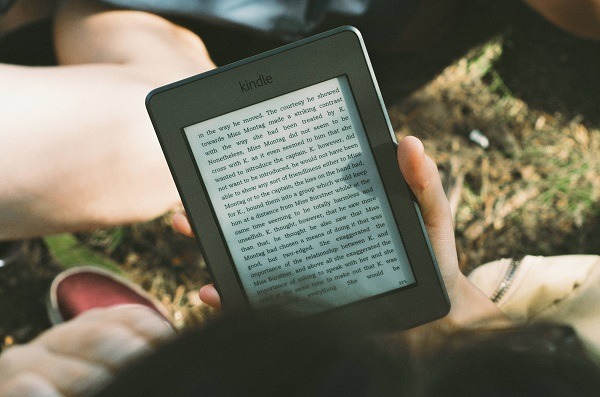
Has your book been published professionally?
This is a question you’ll need to answer honestly.
Many authors have latched onto the quantity-over-quality strategy when it comes to self-publishing their ebooks… But while creating a large backlist can be effective in gaining traction, is doesn’t mean you’ll be on the bestseller lists, and if you’re doing a rush job, you certainly won’t win yourself any favours with readers.
You need to think long and hard about the professional quality of your book, and I don’t just mean the quality of the writing.
You need to ask yourself:
- Has this book been professionally edited?
- Has this book been professionally formatted?
- Is the cover of the book professionally designed and genre-appropriate?
- Has this book been proofread?
- Has this book been test-bought and checked for any download errors?
If the answer is yes to all of these questions, then it sounds like you have a professionally published ebook on your hands, which makes it easier to price reasonably.
As a reader, if I pay $7.99 for an ebook, I expect every aspect of it to be professionally executed. There’s nothing that sends readers to the ‘Refund’ button more than a badly formatted, error-riddled book.
As the author and publisher, setting the price of your book is entirely up to you. However, you need to be honest with yourself about what your book is worth, and how it’s been put together.
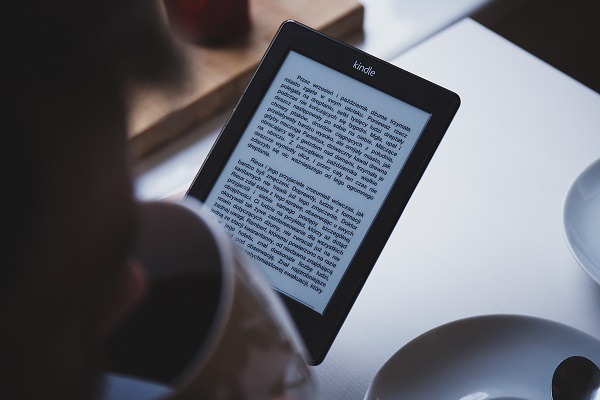
What’s the length of your book?
The length of your book is also a factor to consider when determining your title’s RRP.
For example, a novella with a page count of 80 shouldn’t be priced the same as a full-length novel of 400 pages.
No matter how much work you’ve put into your book, page count does represent the amount of value for money, and whether you like it or not, readers do consider this.
This is another instance where you need to undertake your own market research, and determine what’s right for your book and its length.
Royalty percentage breakdowns
Before you start implementing pricing strategies, it’s important that you understand the breakdown of royalty percentages within the Amazon KDP platform.
There are two options: 35% royalty and 70% royalty.
If you select the 35% royalty option, your royalty will be 35% of your list price without VAT (value added tax) for each unit sold.
If you select the 70% royalty option, your royalty will be 70% of your list price without VAT, less delivery costs (average delivery costs are $0.06 per unit sold, and vary by file size), for each eligible book sold to customers in the 70% territories, and 35% of the list price for each unit sold to customers residing outside the 70% territories.
For more information on the pricing structure and royalty, click here to visit the complete pricing page on KDP.
The brilliant thing about being an independently published author (and the KDP platform) is that you can change your price at any time. There’s plenty of room to experiment and strategise, so keep that in mind as we move on to the next section.
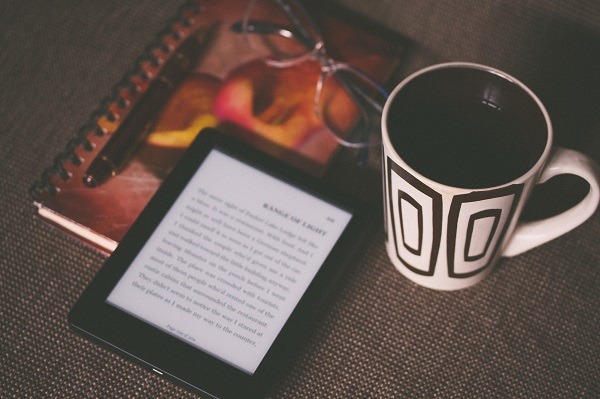
Week-by-week pricing strategy
Unfortunately, there is no one-size-fits-all when it comes to pricing self-published ebooks. As you’ve no doubt gathered from the information above, a variety of factors impact a book’s optimum price, and it’s your job as the author and publisher to determine these factors and weigh up your options.
However, we thought we’d share our best practice pricing strategy for the first six weeks of your book’s lifespan.
The strategy you’ll find below is the skeleton of the one I used to launch my bestselling novel, Heart of Mist, into the world.
We recommend that you adapt this to your own research and goals, but it’s a great starting point.
Week 0-1: $0.99
You read that right – we recommend that you sell your book for just $0.99. Seems ridiculous, doesn’t it? However, there’s reason behind this madness…
Ideally, you will have sent out ARCs of your novel to an advanced team and reviewers well in advance of your publication date. Hopefully during this time, you will have garnered some decent reviews (4 and 5 stars).
You want to launch with these reviews on your Amazon page. People are far more likely to purchase a book if it has some sort of social proof, like reviews.
Set your price as low as you can ($0.99) and then ask your Advance Team to purchase your book and copy and paste their existing review onto Amazon. This means that their review will get a ‘Verified Purchase’ tag, essentially legitimising their review.
You want as many of these as possible on your book’s page, before and during launch week.
Another reason for the low price is to generate buzz. You want as many people to purchase your book as possible in a short space of time, in order to increase its chances of gaining traction and momentum in the sales charts.
At this very early stage, you should be less concerned about your royalties, and more concerned about getting your book into the hands of as many readers as you can.
Note: be sure to explain that this ‘launch price’ is for a limited time only. Create a sense of urgency; make your readers feel like they don’t want to miss out!
Also make sure you detail the full RRP of the book in your promotions, so that potential readers get a tremendous sense of value for money when they purchase the title for under half price.
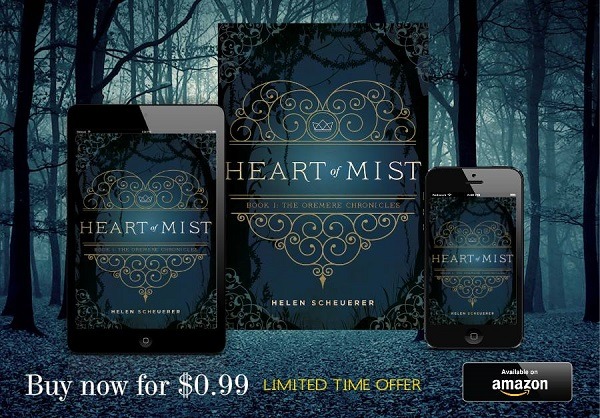
Week 2: $1.99
In our experience, pricing strategies should be slow and steady, so in week 2, increase your book’s price to $1.99.
It’s still cheap enough to be an absolute bargain, but it also shows any fence-sitters that you’re not kidding around about raising the price.
Make sure your marketing still stipulates the full RRP you’ve decided on.
The $1.99 price is also ideal for a range of paid promotions you can purchase through Amazon. These sorts of paid promotions usually require books to be less than half price to be included in a newsletter to thousands of potential readers.
Week 3: $2.99
By now, you’ve hopefully gained a bit of momentum in your sales, so it’s a good time to bump up your price a little.
Again, $2.99 is still cheap for a full-length book, but now you’ve got some reviews and traction, you should be receiving a tad more in terms of royalties.
$2.99 is also still within the ideal price range for many paid promotional services.
Week 4: $4.99
Now we’re getting somewhere. Assuming you’re marketing your book effectively, by now you should have some meaningful sales. Perhaps you’re even in the top 100 of one or more of your Amazon categories.
If that’s the case, now’s a great time to raise the price to $4.99. You’ll get 70% of this price, and when you’re selling a meaningful number of units, this is a really motivating change.
As your book is still under $5.00, the psychology of purchasing is still in your favour. A full-length book for under five bucks? Definitely still a bargain!
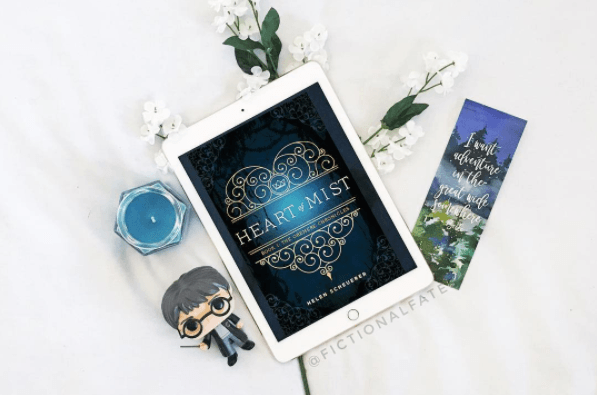
Week 5: $6.99
Here’s where we’re starting to experiment a little more. Now we must realise that potential customers are going to have to overcome the psychological barrier of essentially breaking a virtual $5 bill.
Have you ever wanted to buy a single item, but the thought of breaking a note or bill has turned you away? This is the same thing.
That’s why we’ve worked so hard to garner good reviews and gain traction through the lower price point sales. You need to make your book so enticing that potential customers will overcome that mental barrier.
Remember to advise that the price will soon jump up to its full RRP, so people need to be quick to take advantage of the discount.
Week 6: $7.99
Some good news: chances are, if people are buying your book at $6.99, others will buy it at $7.99.
It’s not such a big jump from $6.99 to $7.99 – no meaningful, virtual dollar bills to break!
This price is your RRP, and it’s where you’ll remain until you choose to do future promotions.
Remember you can change your price at any time, so don’t feel as though you’re trapped.
However, I do recommend leaving at least a week between price changes, for two reasons:
- So you can get a decent sample of how well the book’s doing at a certain price, sales-wise.
- To avoid upsetting any readers who bought the book for full price only to see it heavily discounted a few hours later.
Do note: it’s always best to start with a low price and work your way up than vice versa.
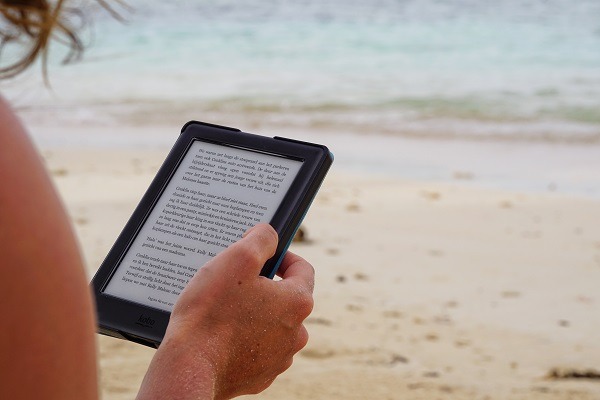
Final considerations
Before we wrap this guide up, there are a few final details to consider when it comes to pricing your self-published ebook…
Amazon’s buying experience
As an independently published author, it’s up to you to familiarise yourself with Amazon’s platforms, and that includes the buying experience from the reader’s end.
As a writer, you should also be a reader, and so we strongly encourage you to experience the other side of the coin by purchasing and reading books from Amazon. You want to be familiar with the entire process from the reader’s end.
Ask yourself:
- What makes you buy a book?
- What price points are you comfortable purchasing a book at?
- What categories are these books in?
Amazon’s charts
With a tonne of hard work, and perhaps a dash of luck, you might find your title in the Amazon charts. This is why those initial low price point sales are so important.
The charts aren’t about how much money you’re making; they’re about how many units you’re moving, regardless of whether your title is priced at $0.99 or $10.99.
This is why we suggested early on to examine your competition – look at their categories and pricing, and determine where you fit in the mix.
By gaining traction through a well researched marketing and pricing strategy, you could very well end up in Amazon’s top 100, or better!
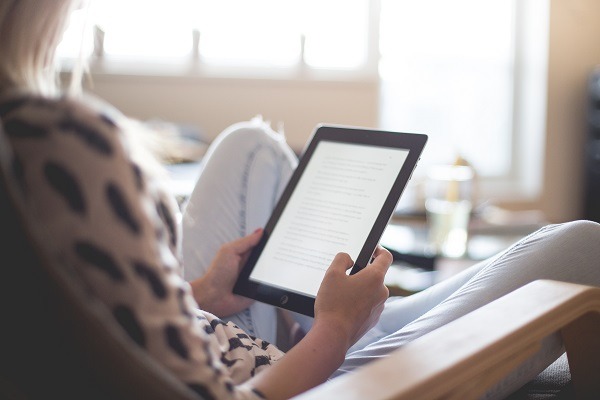
A word on pre-orders
A common question that’s often raised in the ebook pricing debate is that of pre-orders…
- Should I set up a pre-order option?
- How long before my book’s release date should I set it?
- How do pre-orders affect my book’s sales?
Ultimately, it’s your choice. However, it’s worth noting that pre-orders don’t count for the month of release; they count for the month prior, which means when your book is released, those sales don’t go towards release month.
This means you may lose some of that sales momentum unintentionally.
If you’re determined to use the pre-order function to drum up some anticipation, don’t set it for more than two weeks ahead of publication day.
In our opinion, unless you’re a big-time author, pre-orders aren’t particularly necessary for the first few books you release.
***
So there you have it! Our Ultimate Guide on How To Price Your Self-Published Ebook!
What have your experiences been like? Have you discovered other effective pricing strategies? Why not share them with us in the comments below?
2 responses to “Ultimate Guide: How To Price Your Self-Published Ebook”
I’m almost through with my first book and I’m going to self-publish so this information here is gold.
I’m going to publish on Amazon and on our local publishing app in Nigeria, Okadabooks.com. Wish me luck.
Thank you!
Hi Buki! Glad you found the article useful. Best of luck with your publishing journey 🙂